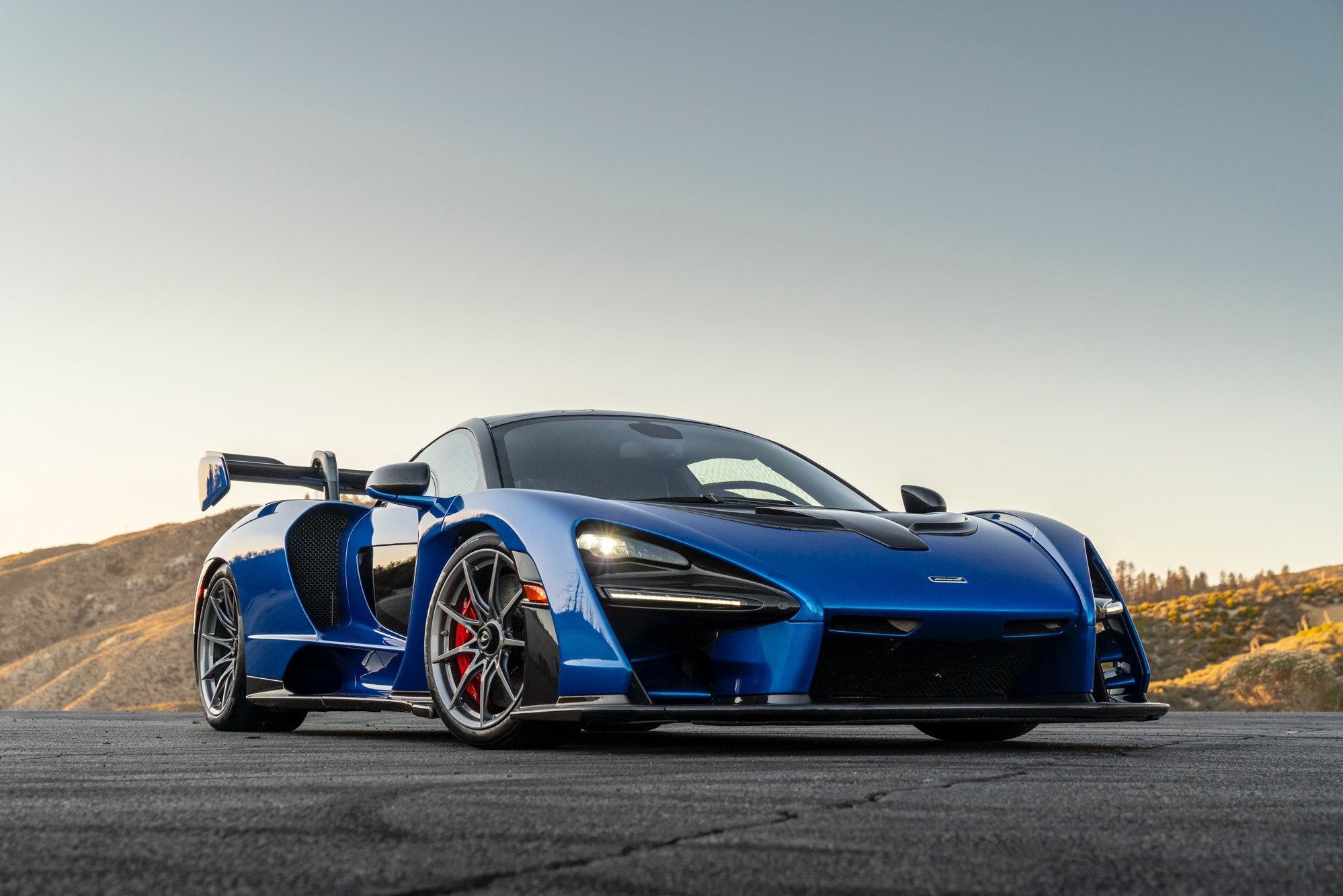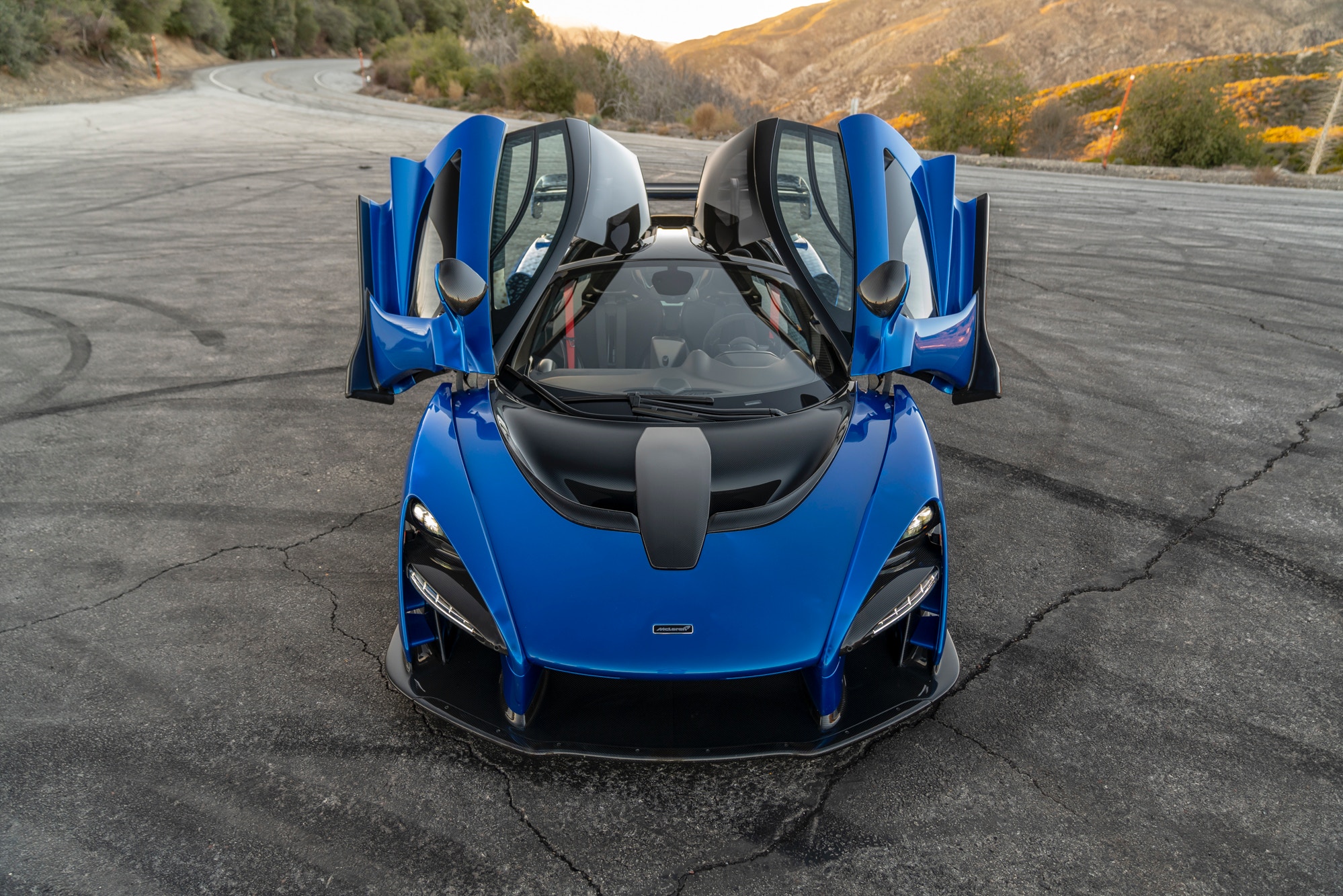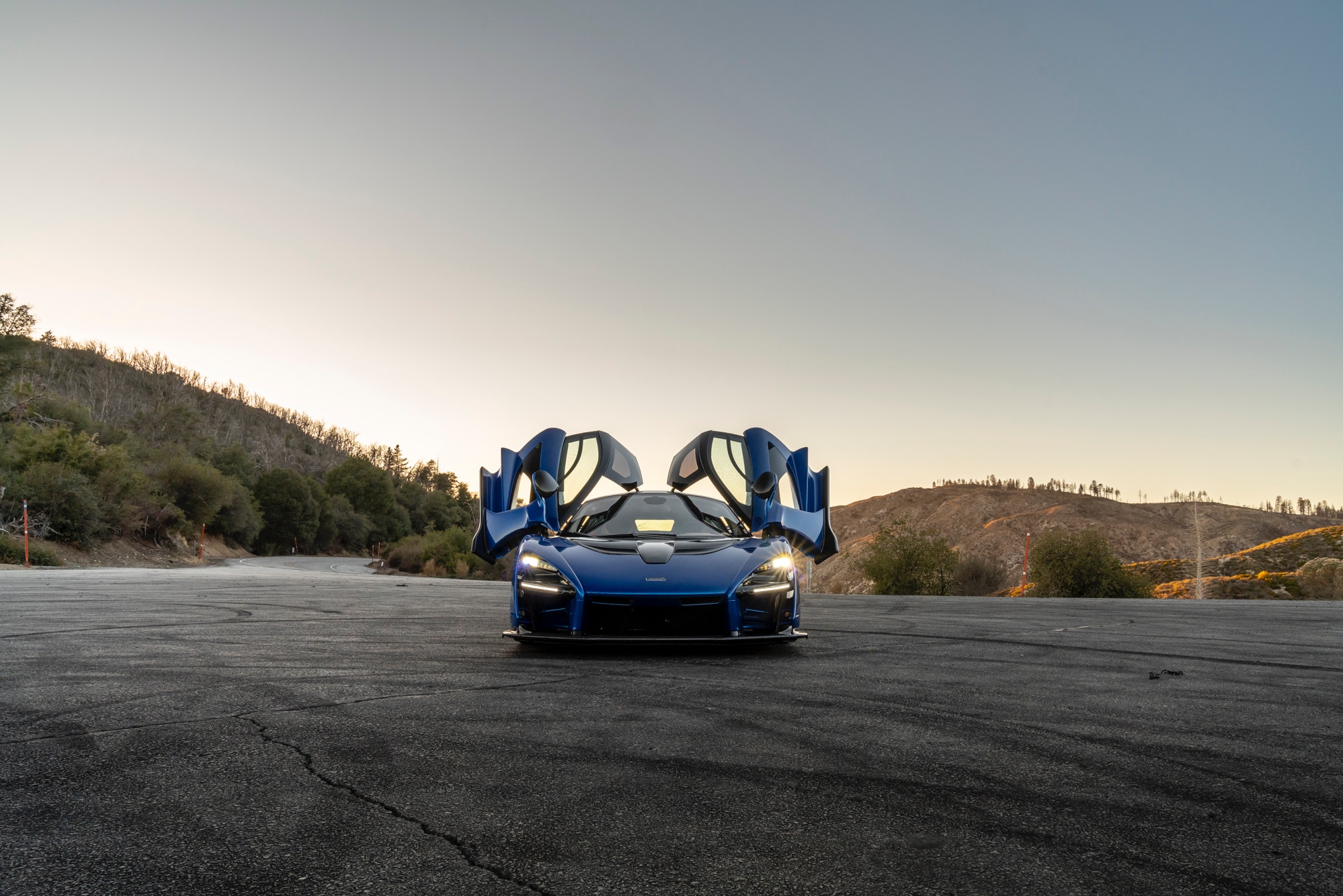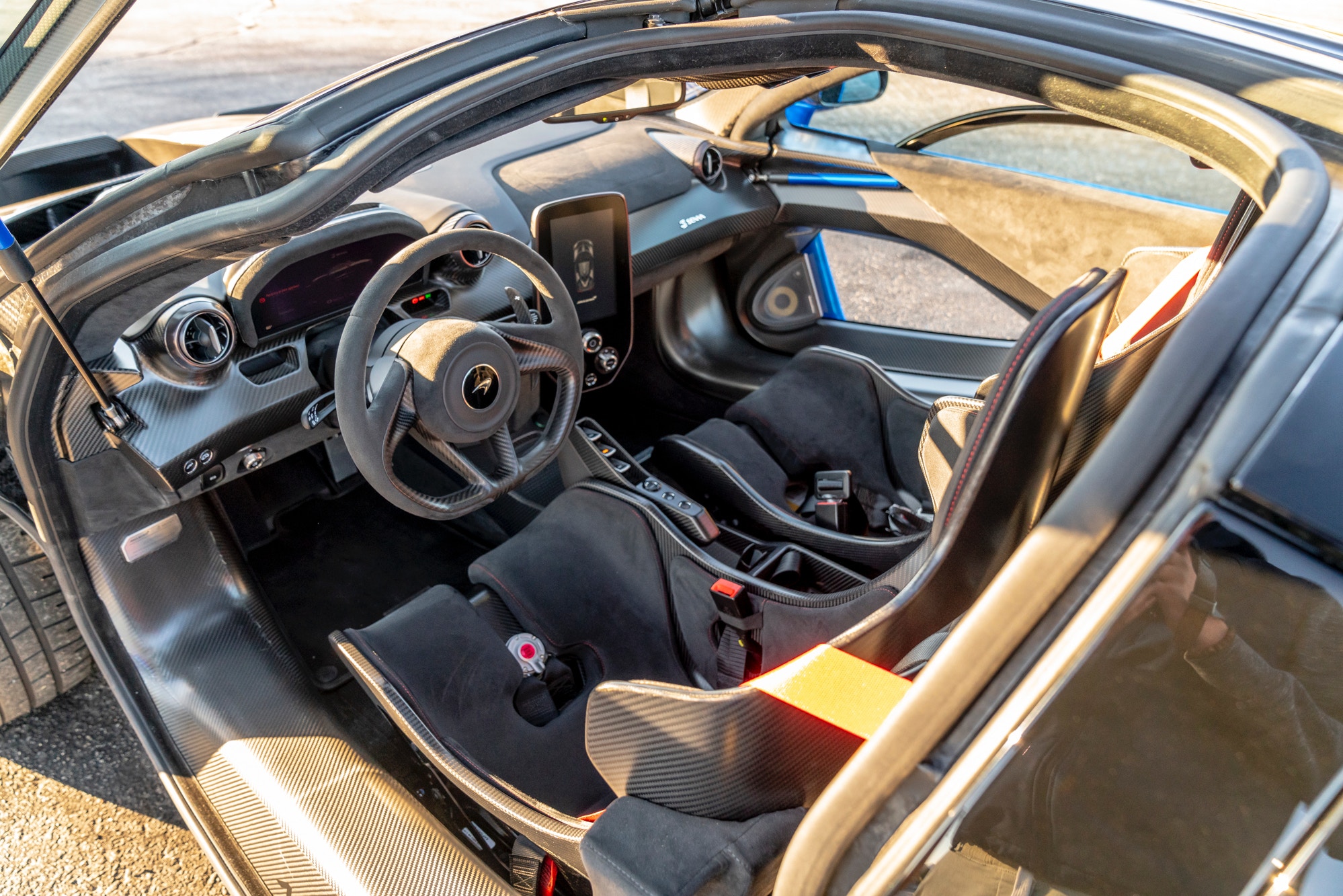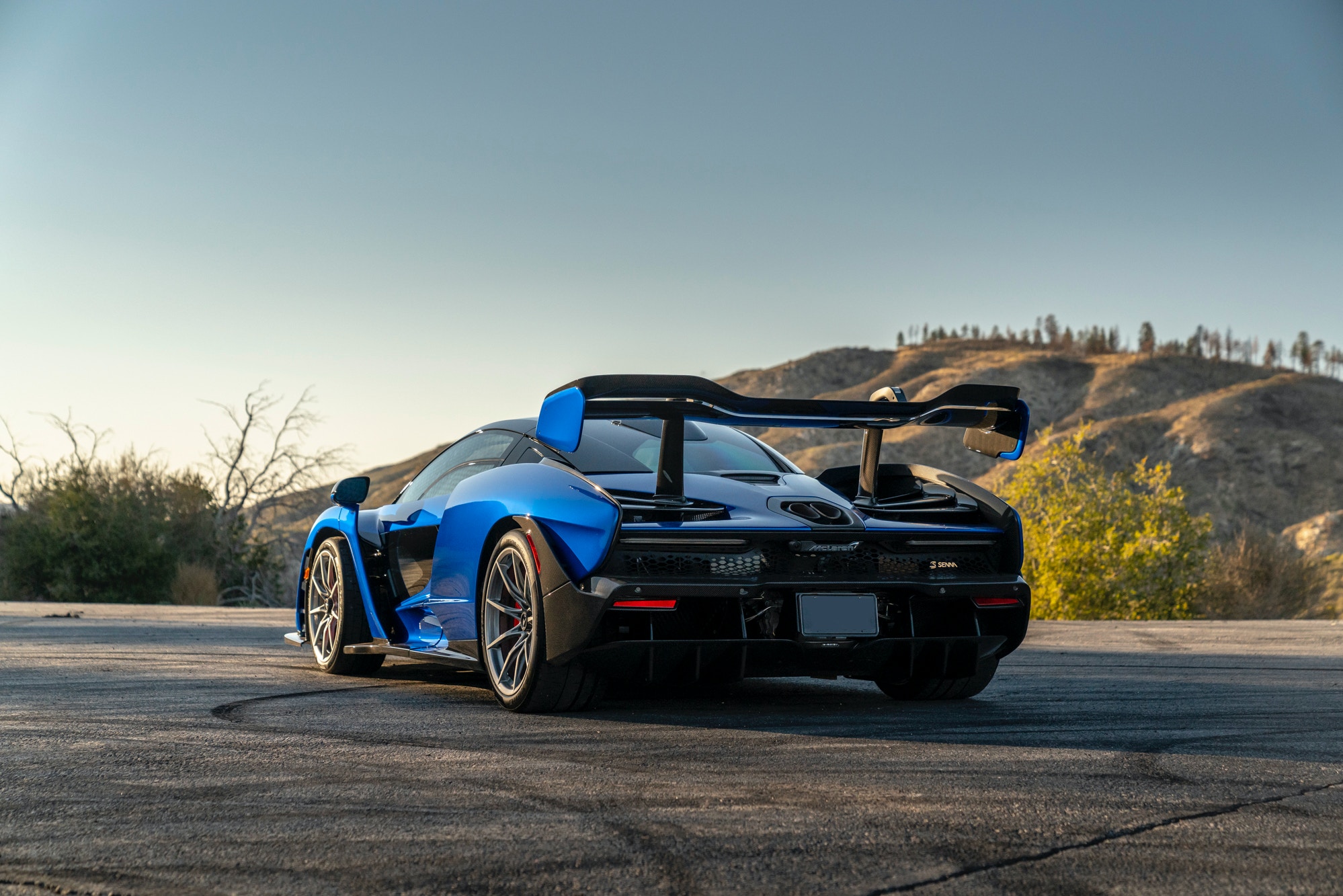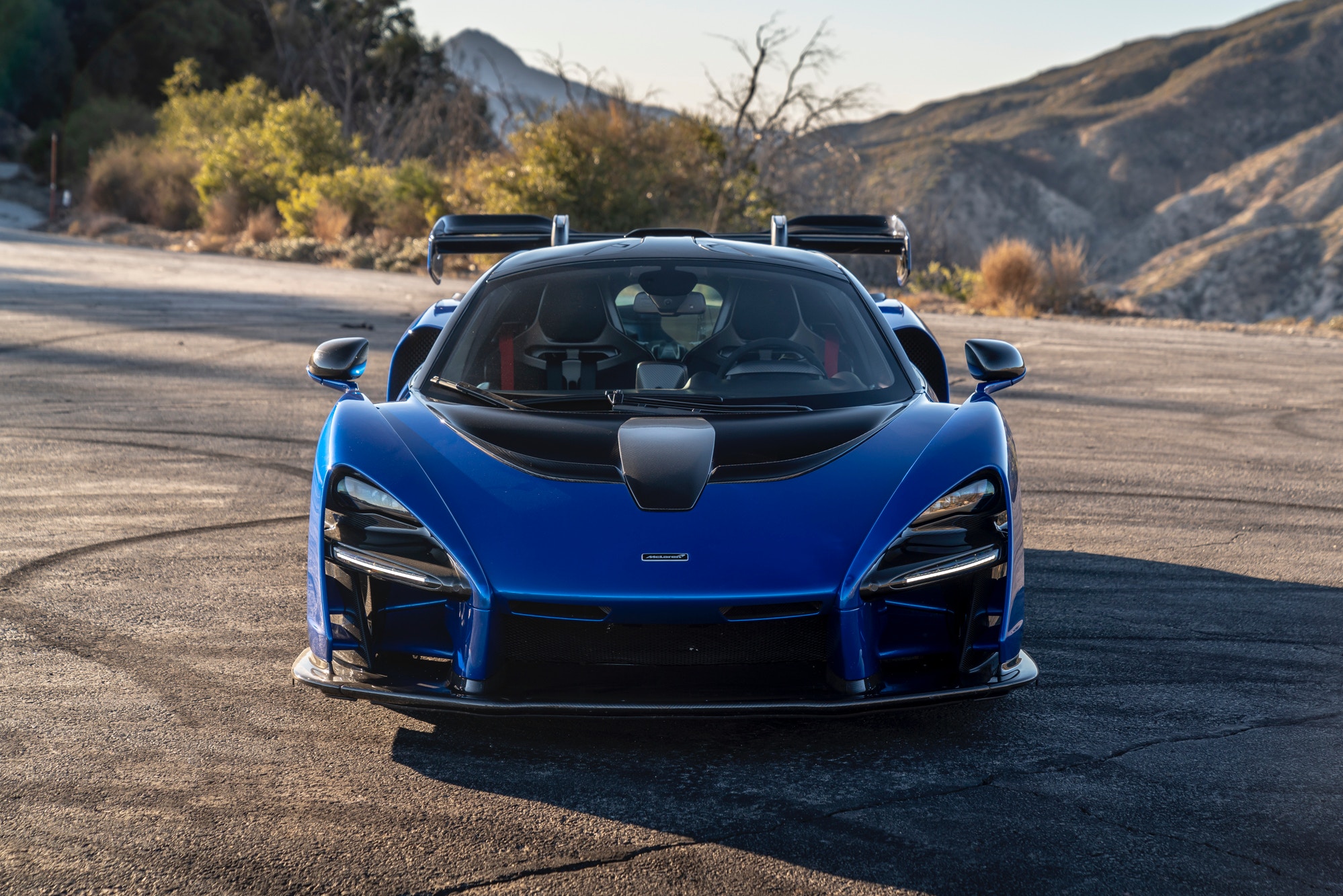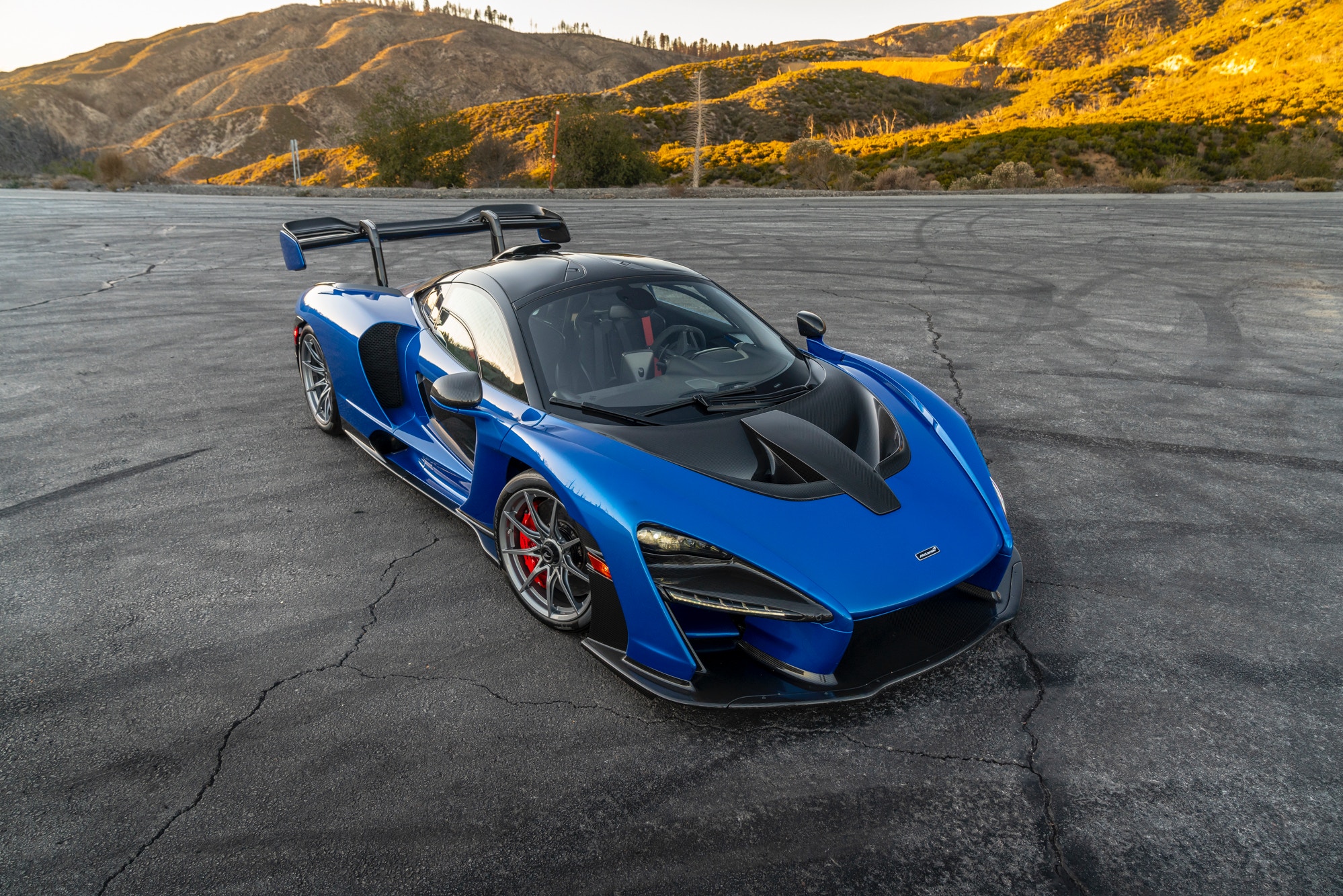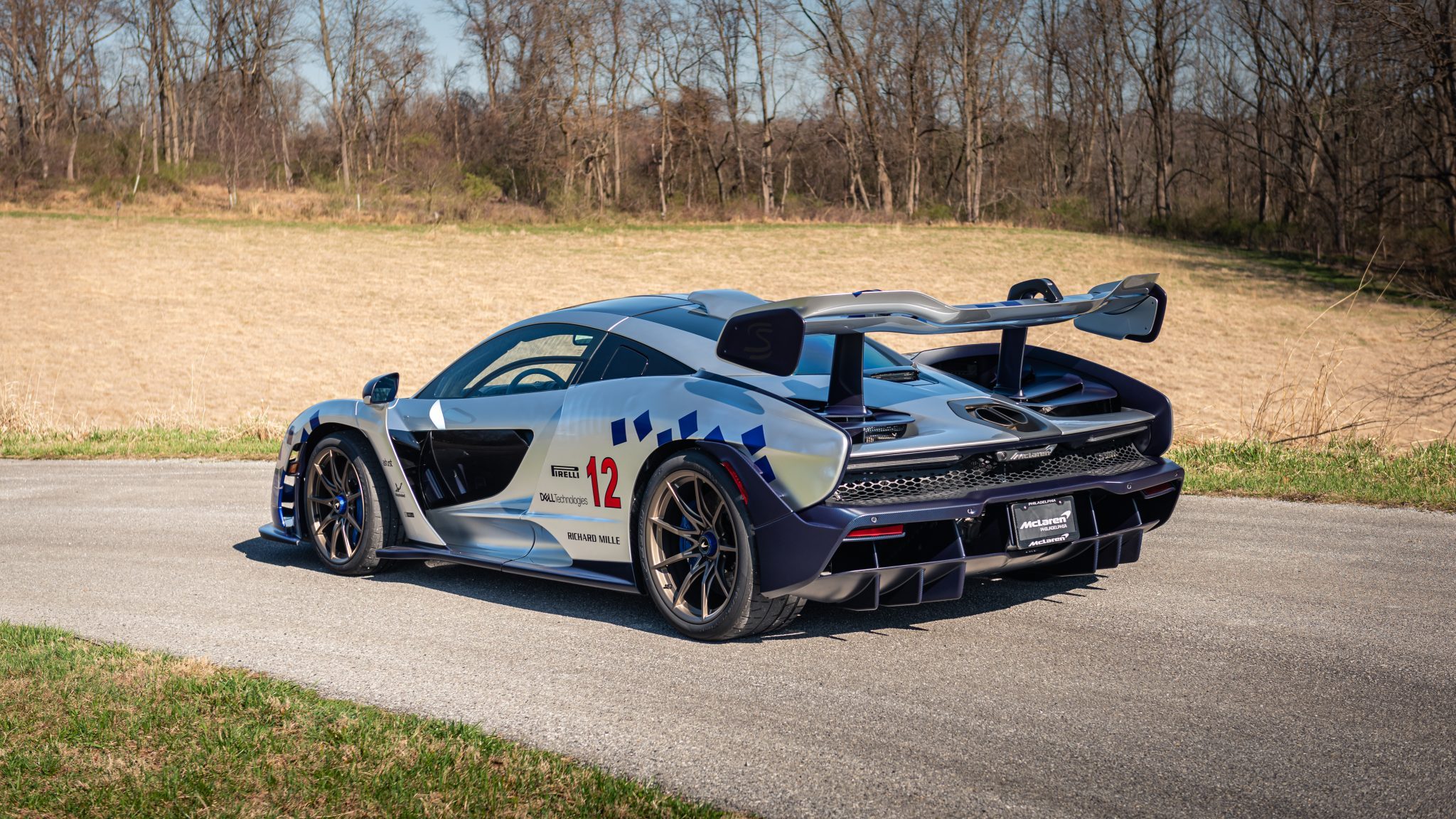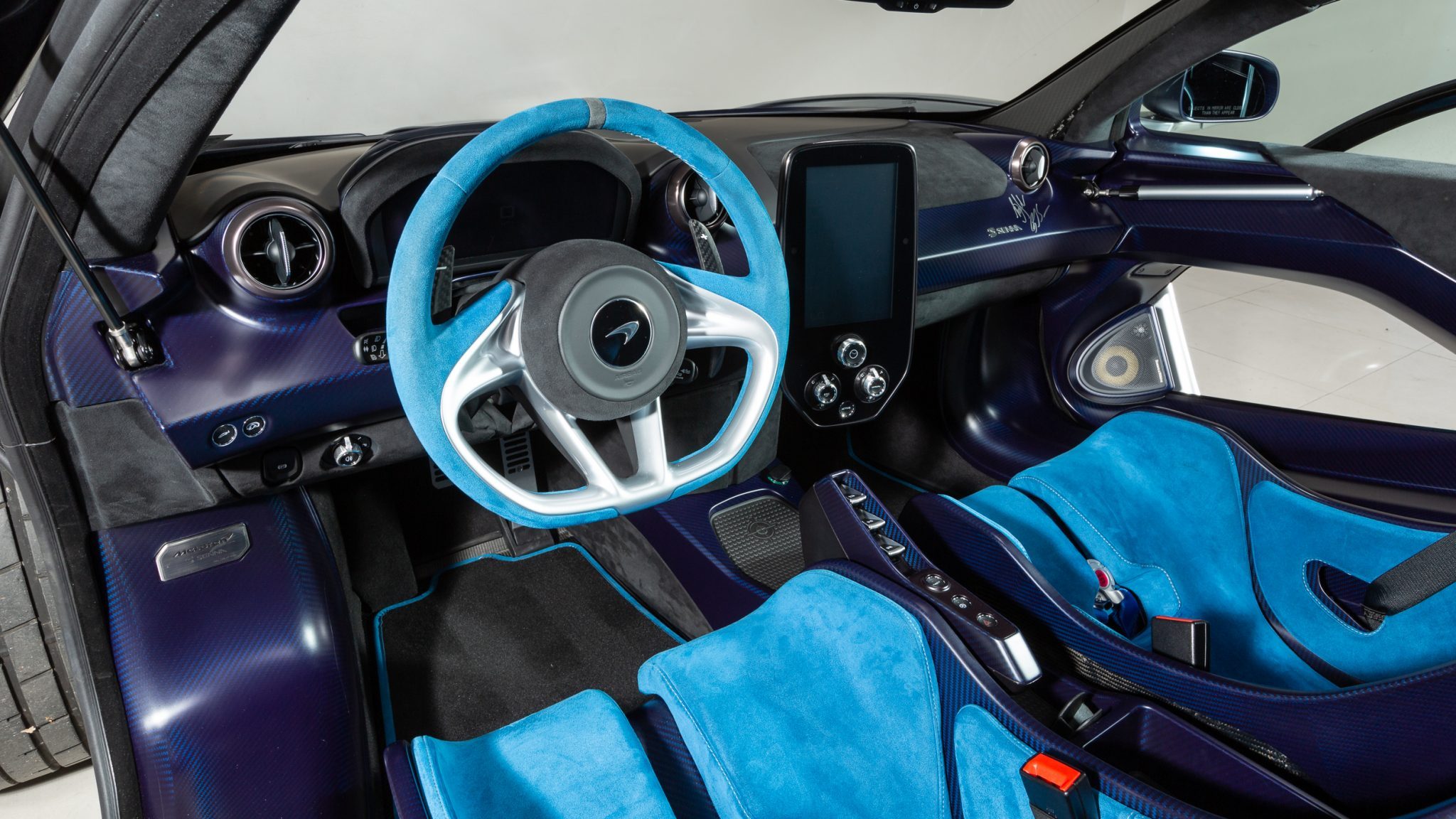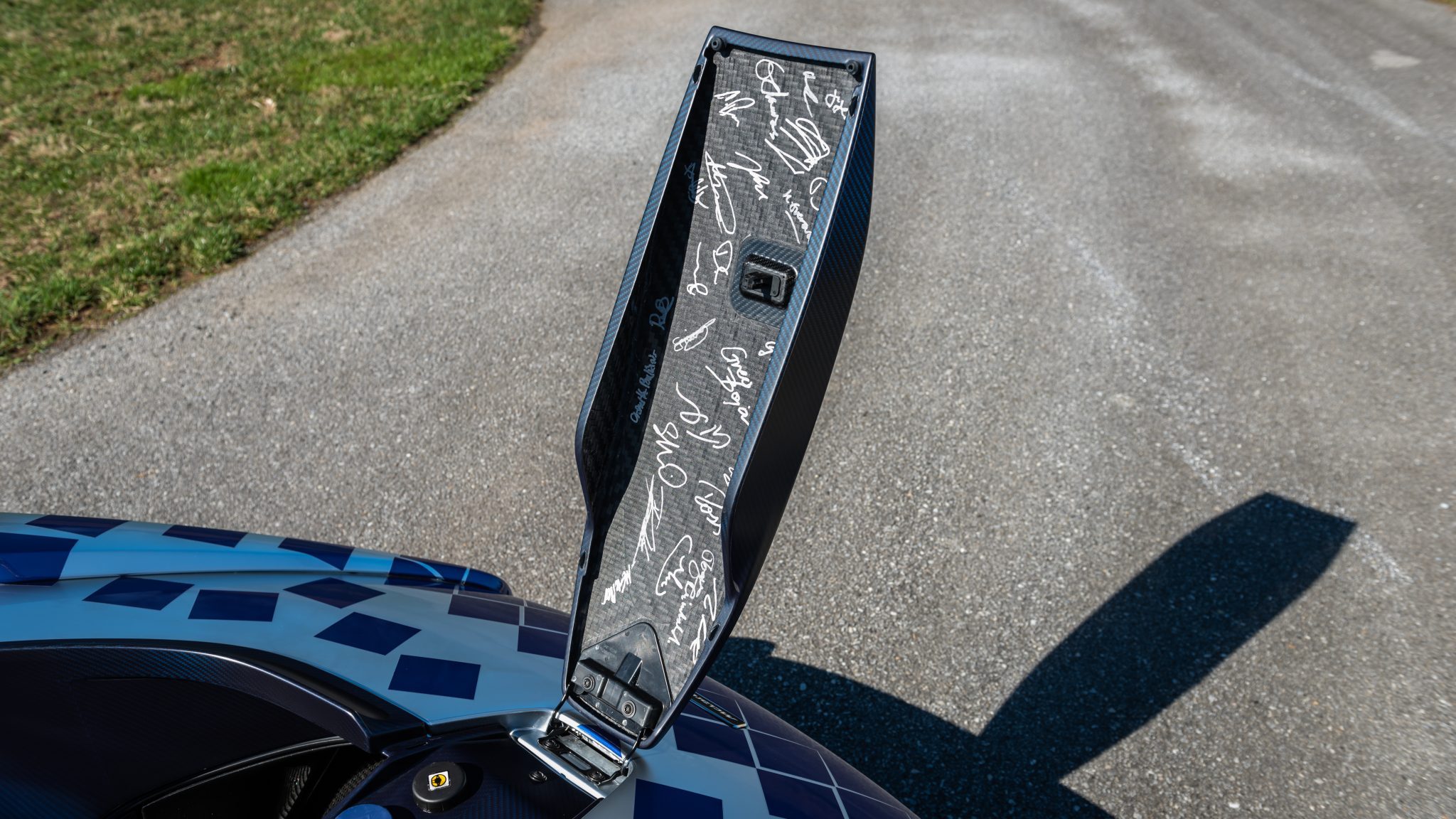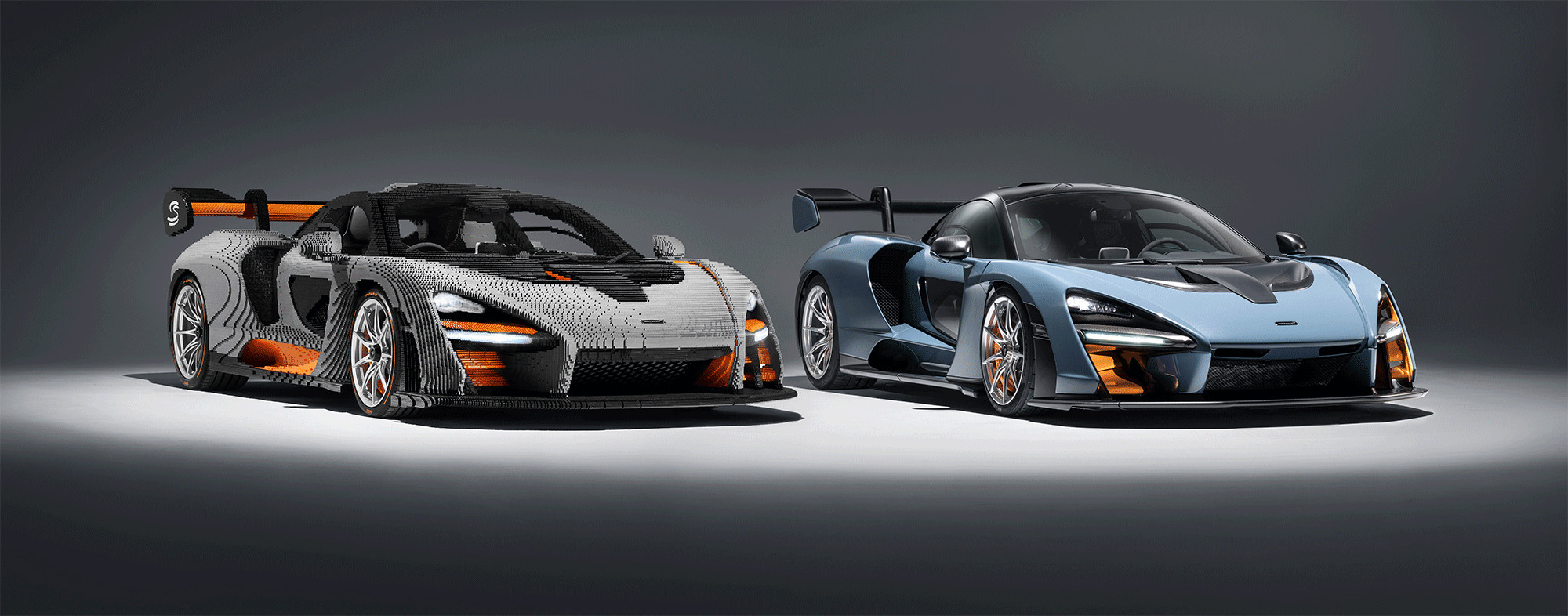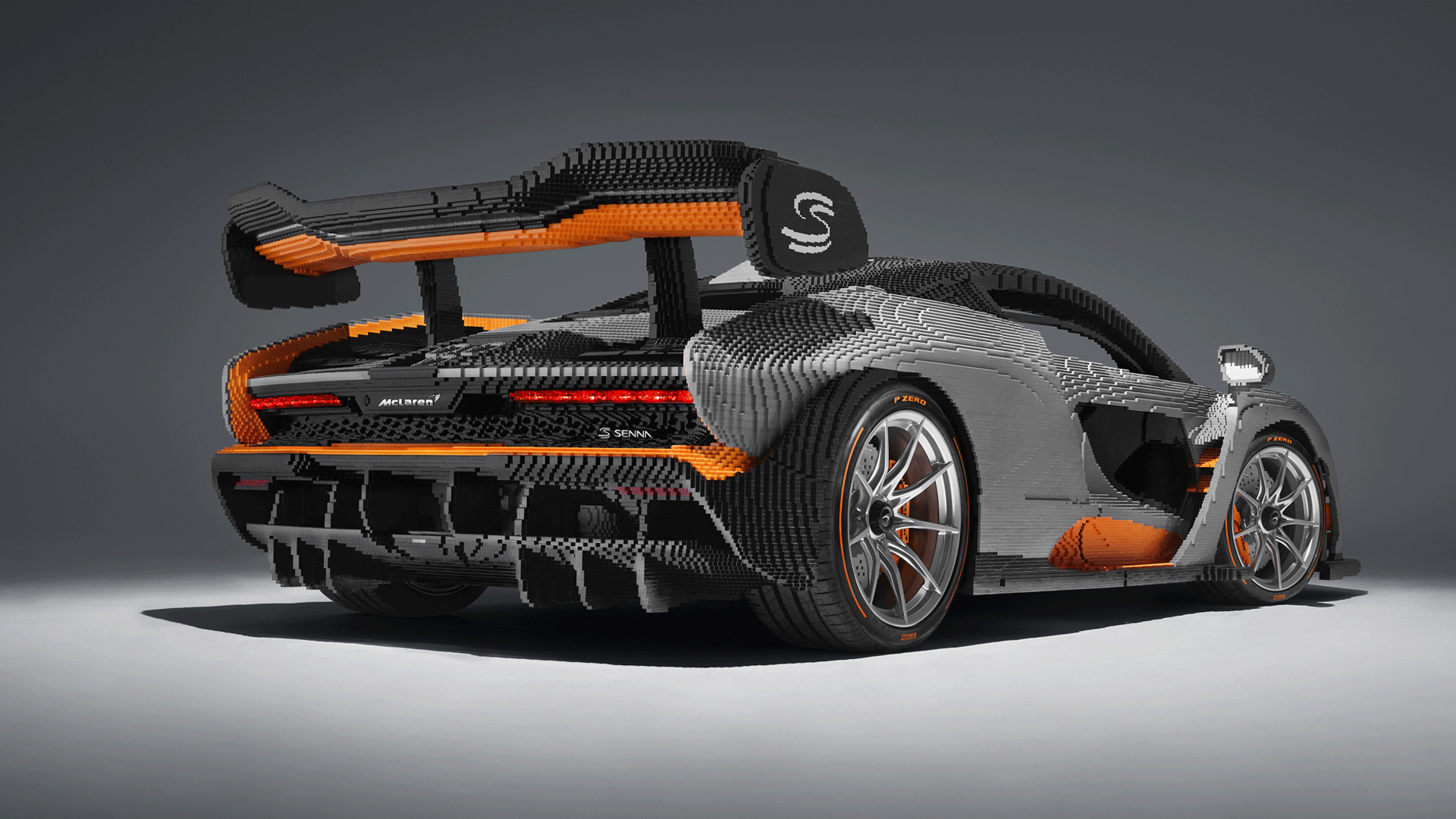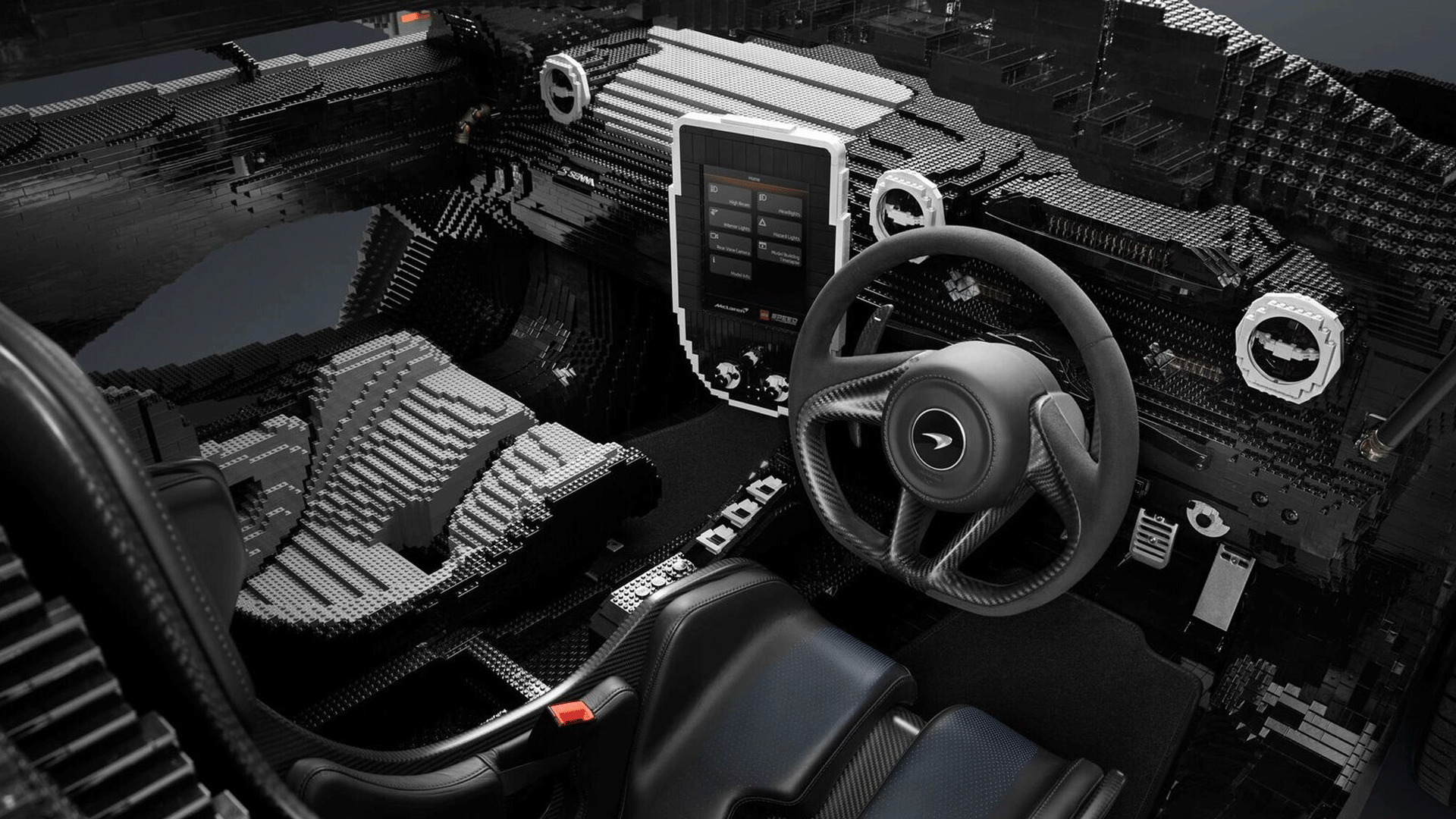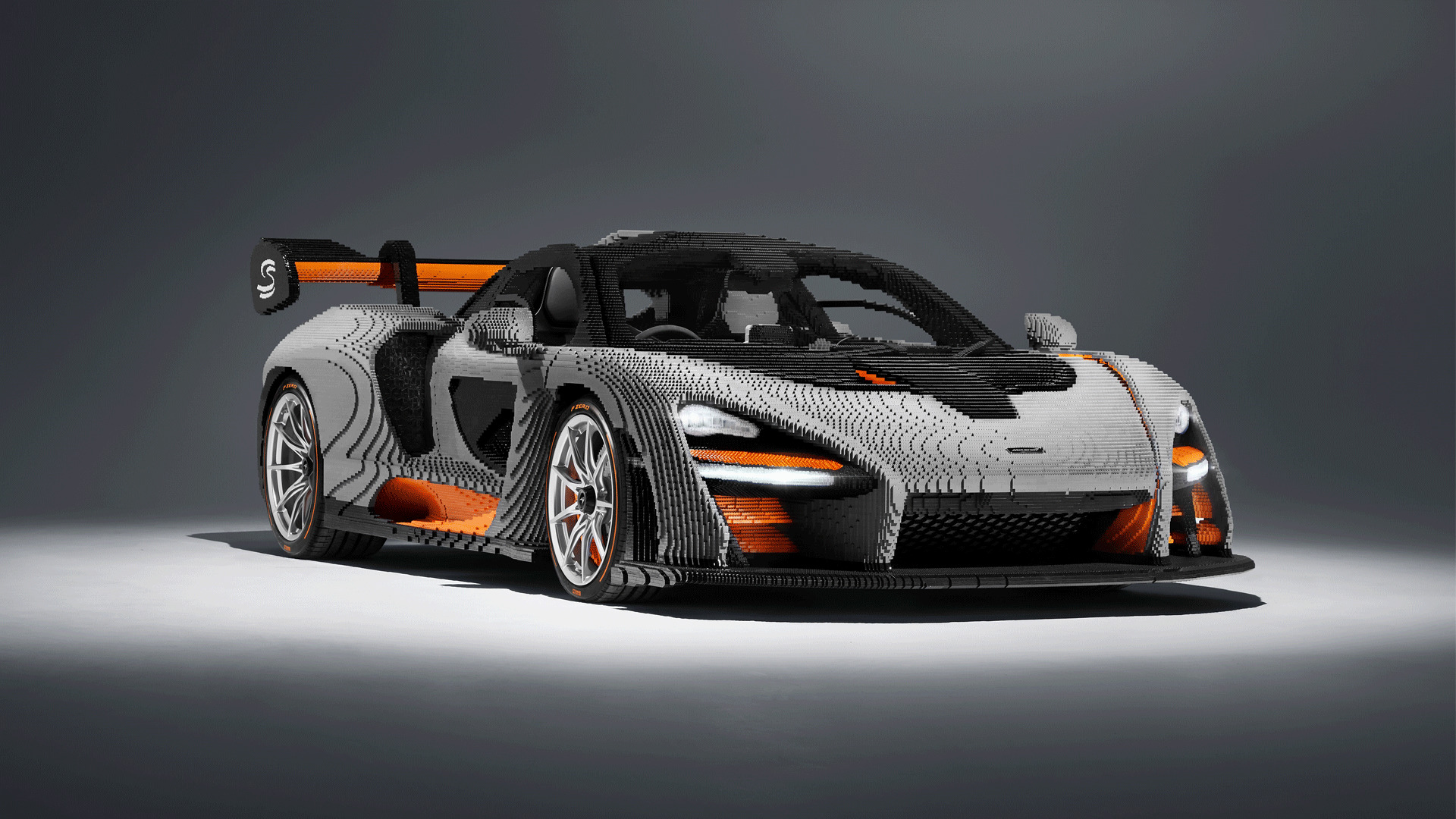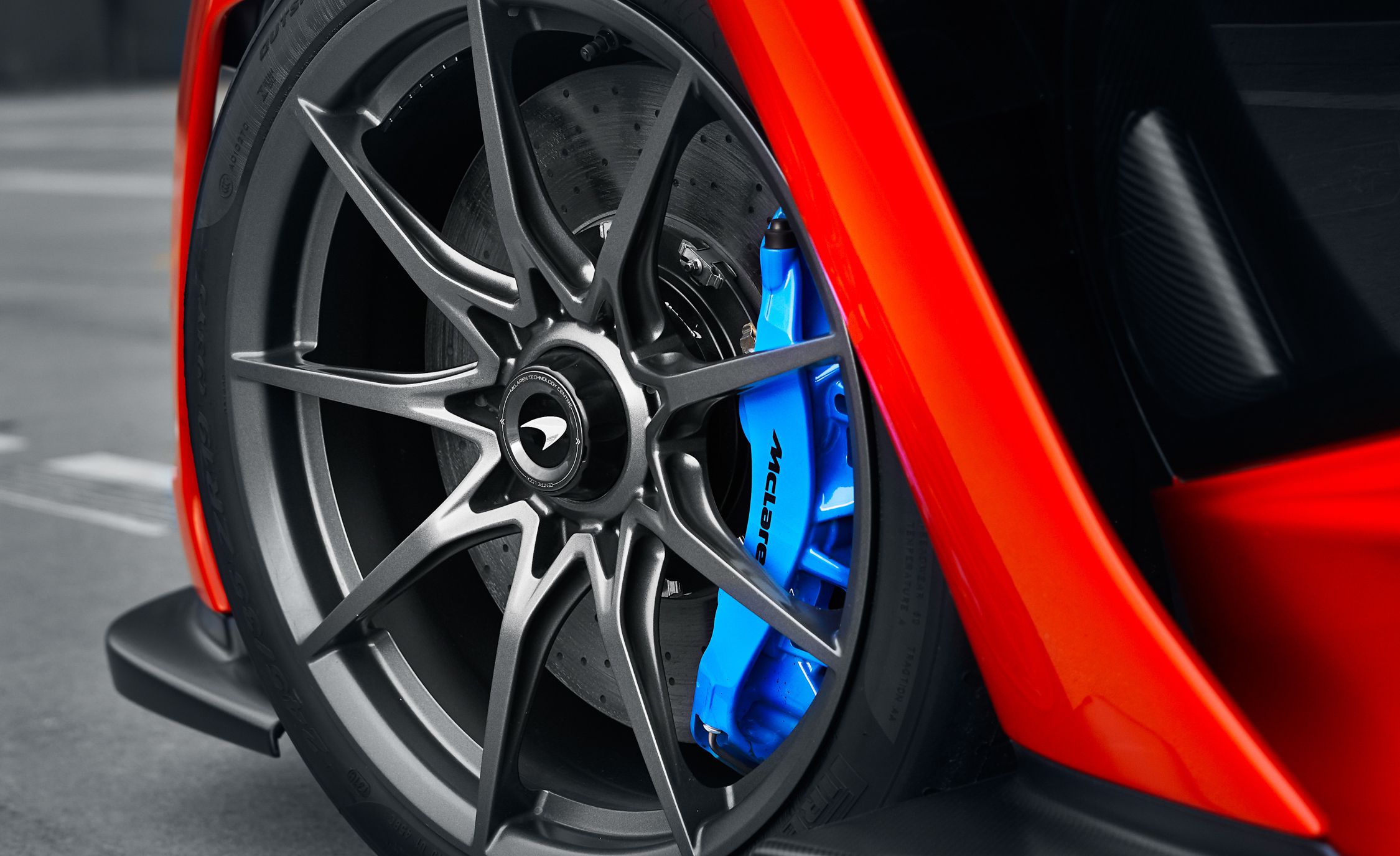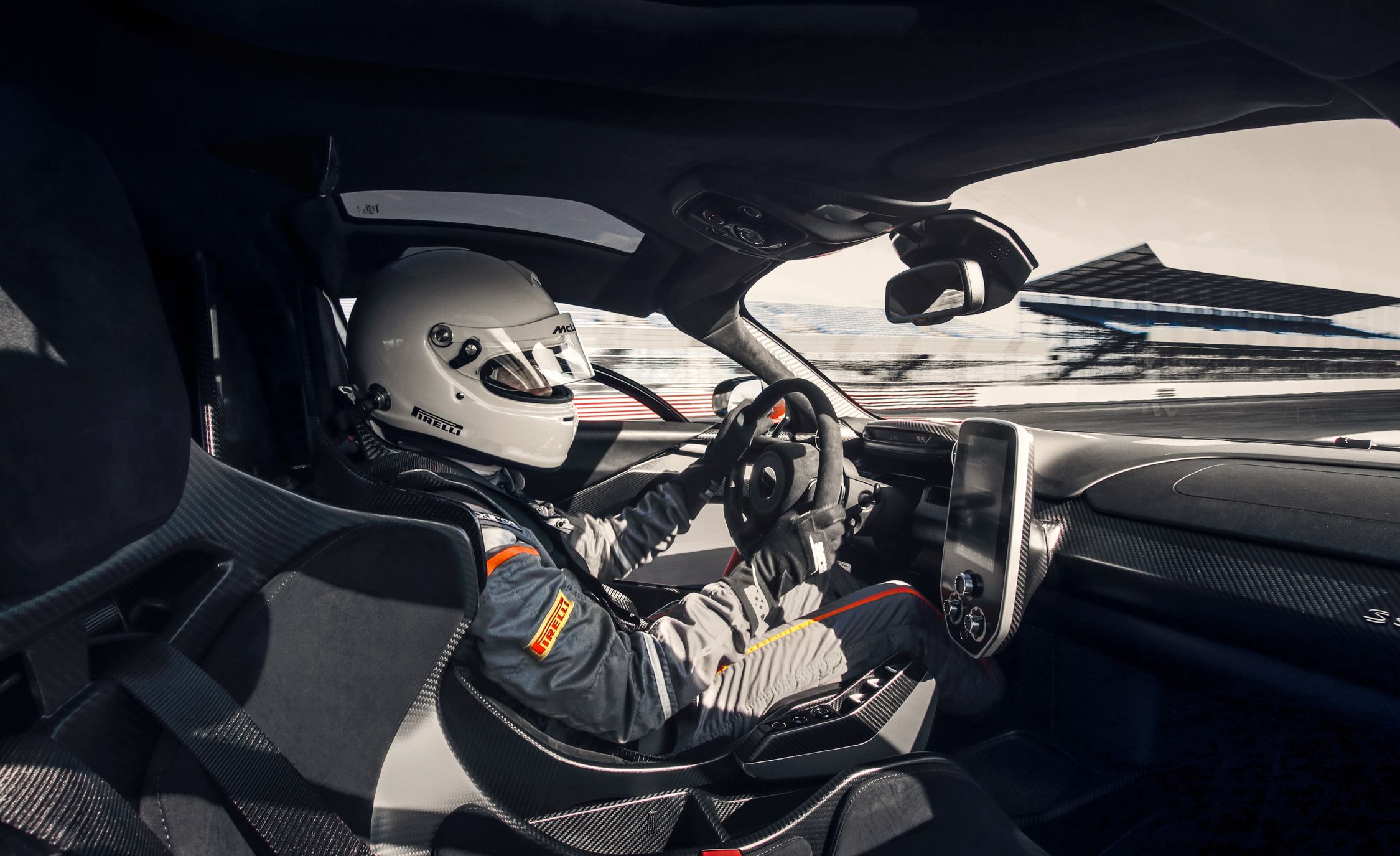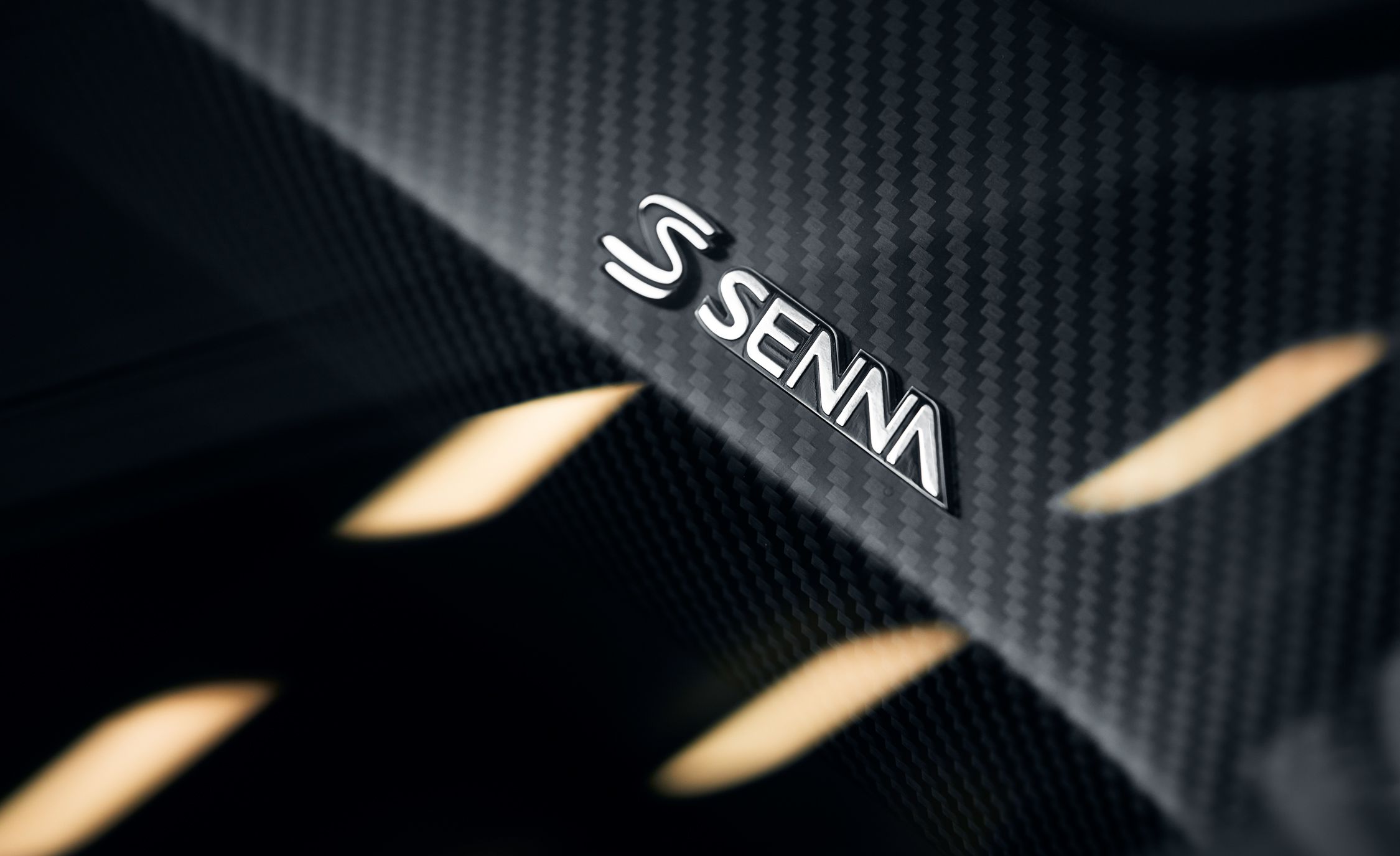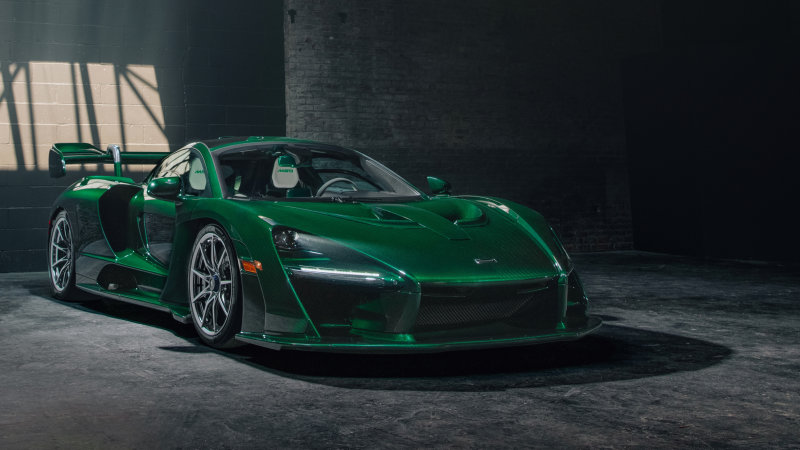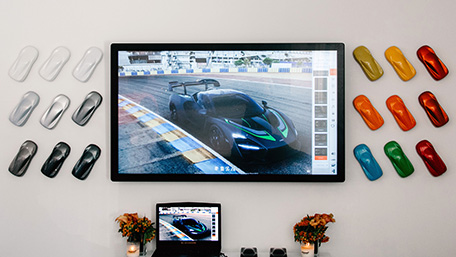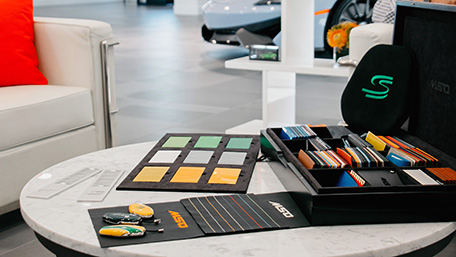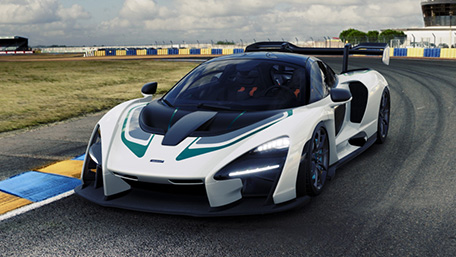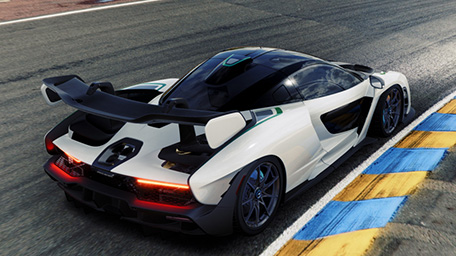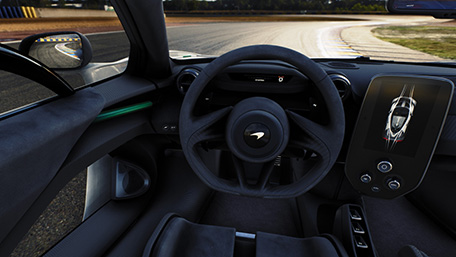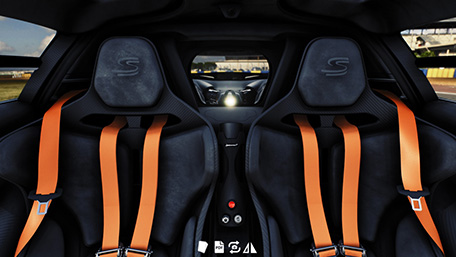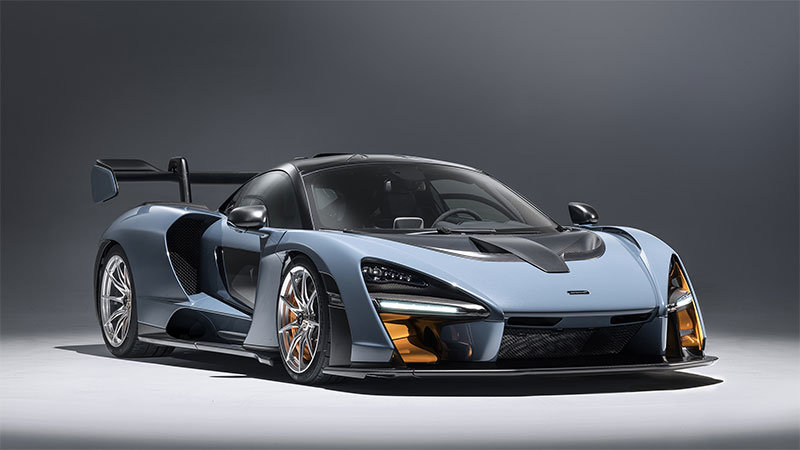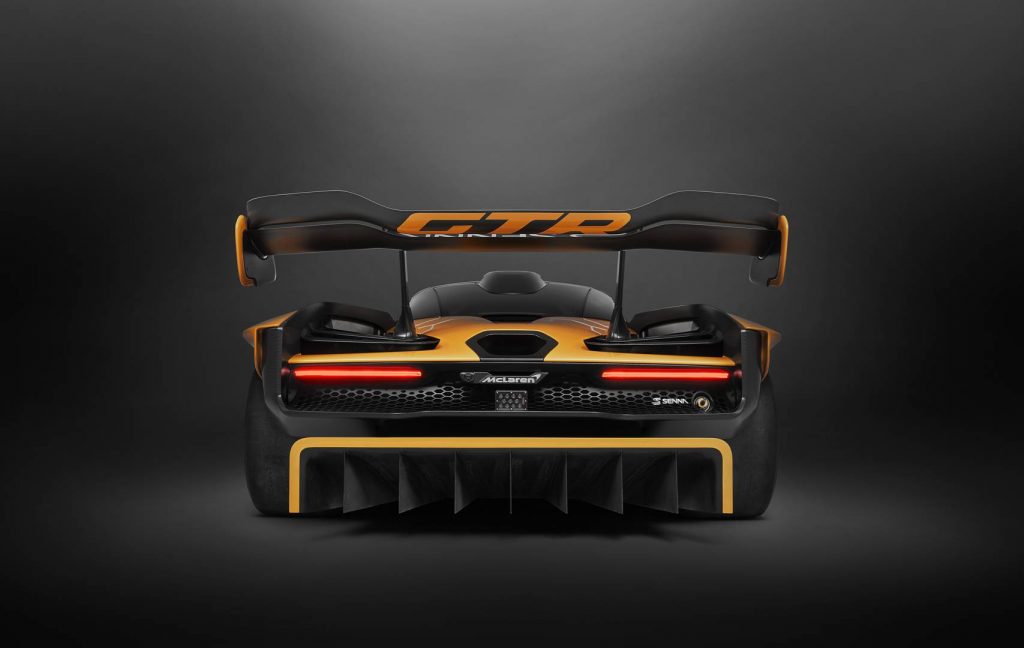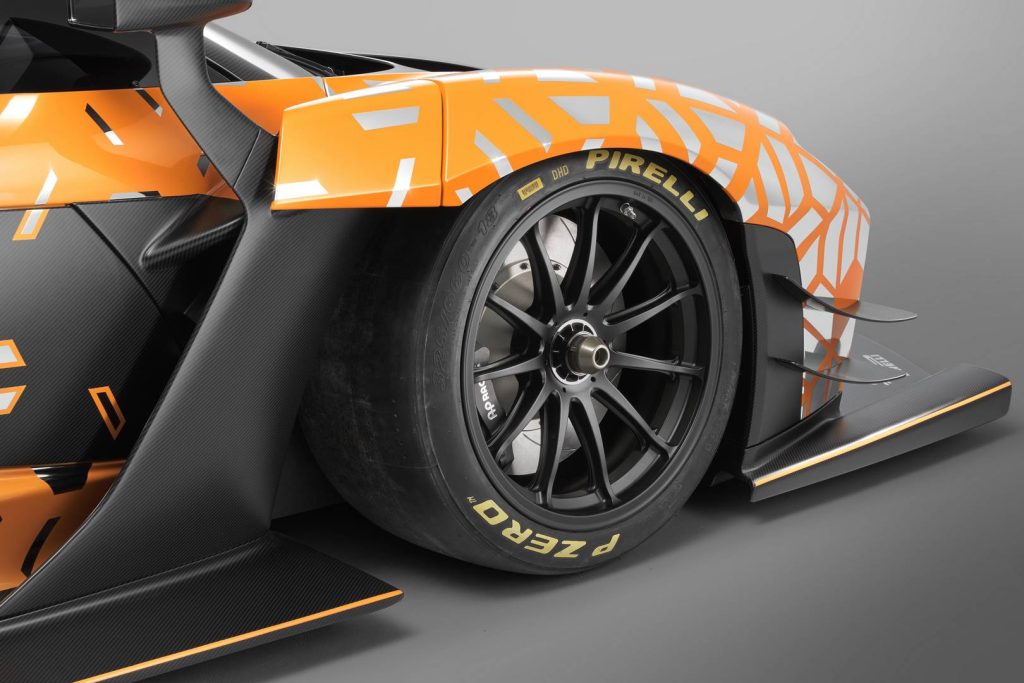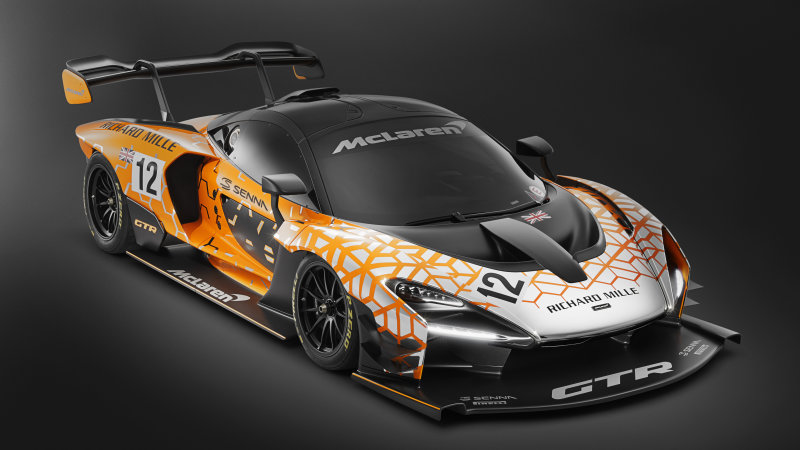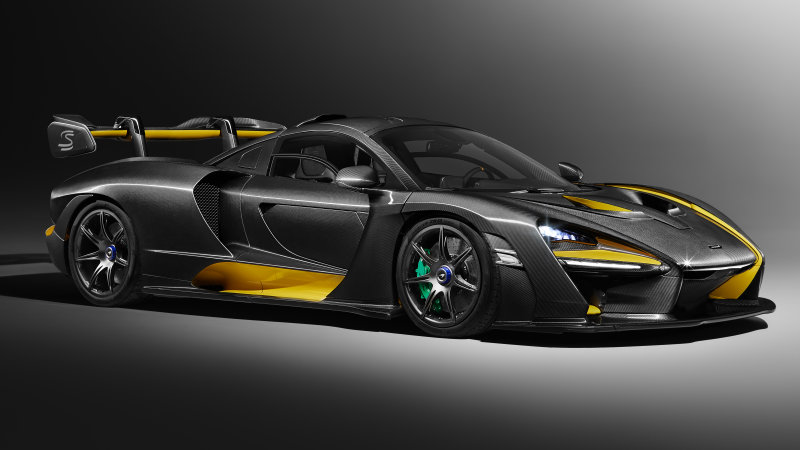McLaren’s rise to the top of automotive stardom has been nothing short of remarkable, and is a relatively recent one at that. It wasn’t even a decade ago, that McLaren had a rather small portfolio of production models which consisted of just a handful of cars made in collaboration with Mercedes-Benz. Granted, even if McLaren had decided to stop making cars at that point, such icons as the McLaren F1 would’ve been enough to keep the McLaren relevant to this day. Thankfully, they weren’t done there, and the company has gone on to release new models at a pace that has been since unheard of in the world of supercar manufacturing.
In this stage of proliferation, McLaren have – by design, or unintentionally – become the world’s V8 engine savants. Despite only producing V8-powered automobiles since as recently as 2011 (via the MP4-12C), few would dispute that claim today. After all, it’s virtually all they know these days, with every single McLaren model – bar the V6-hybrid McLaren Artura – fitted with some adaptation of their M838T or M840T twin-turbocharged V8 motors.
The 3.8L M838T is found in its Sports Series range of cars, which includes the entry-level McLaren 540C and goes all the way up to the indomitable 666 hp McLaren 675 LT. The 4.0L M840T features on all of the Super Series cars, which covers the ‘700 range’ of models, plus the addition of the McLaren GT. In its Ultimate form, the 4.0L unit – dubbed the M840TR – produces 814 hp in the McLaren Senna GTR. The McLaren Speedtail hybrid ‘hyper GT’ produces some 1,035 hp through the combination of an M840T and electric motor.
A myriad of sports cars, supercars, and hypercars have been launched over the past decade, and quite frankly, each new car has been better than the last; something that speaks volumes about the venerable British automaker. While many argue that most of the McLaren range today follows a single “cookie-cutter” formula, we believe that each current McLaren model is unique enough to appeal to a different and specific kind of buyer. The Senna for the millionaire track junkie, the GT for the utilitarian grand touring driver, or the 570S for the pragmatic supercar owner – take your pick, as there’s plenty to choose from in between as well.
Here are the best brand new McLaren cars you can purchase today.
McLaren Artura

Base MSRP: $225,000 USD
The McLaren Artura may not come with a V8 engine like every other car on this list (and indeed the entire McLaren lineup), but it is certainly special, and for all the right reasons. Every ounce of McLaren’s technical expertise and experience has been channeled into making the all-new Artura extraordinary to drive, and wonderfully enjoyable to own. Ever since the 12C revolutionized the supercar segment a decade ago, McLaren Automotive has continued to push the boundaries of supercar innovation. The mission brief for the Artura was even more challenging than its predecessors – to create a series-production High-Performance Hybrid supercar that excels on every level, with performance, engagement, and efficiency sharing equal top-billing.
The engineering and design team approached the challenge holistically – no single part of the process was undertaken in isolation – with ambitious targets set in every area: weight; performance; driver engagement; efficiency; agility; refinement; quality and usability. Every target was met – and in most cases, surpassed – heralding the arrival of the Artura as a next-generation McLaren High-Performance Hybrid that ushers in a new supercar era. The Artura’s hybrid powertrain combines an all-new twin-turbocharged 6-cylinder petrol engine with a game-changing axial flux electric motor (E-motor), all of which is integrated within an all-new 8-speed transmission and a lithium-ion battery pack.
McLaren 765LT

Base MSRP: $358,000 USD, $382,500 USD (Spider)
The McLaren 765LT is the most recent product to join the Woking manufacturer’s esteemed roster of Long Tail variants. Based on the already impressive McLaren 720S, it adds to a growing lineup of track-optimized McLaren supercars. For those unfamiliar with the nomenclature, the LT (short for Long Tail) variants represent the pinnacle of performance for their respective models. Derived from the name is the tradition blueprint of longer body dimensions than its base cars – primarily by way of more aggressive aerodynamics – though the LTs inevitably offer much more than just a cosmetic refresh.
Weight reduction is the primary philosophy at play here. The result is a car that is 176 lbs lighter than the 720S coupé, thanks in part to a titanium exhaust system, bespoke carbon fiber amenities, and the removal of air conditioning and infotainment systems – parts which are in some cases, borrowed from the halo McLaren Senna hypercar. Relatively speaking, power increased by a smaller increment, though by an amount that is perfectly suitable for both the car’s design and its intended application. The efficiency of the engine’s power delivery is also refined, with McLaren stating that a noticeable improvement in throttle response has been achieved to further enhance the car’s precision on the race track. So, what does this all mean at the end of the day? In the McLaren 765LT, you now have a 720S that is lighter, longer, more powerful, more aerodynamic and more hardcore. Quite simply, it’s remarkable.
McLaren GT

Base MSRP: $210,000 USD
So there’s no hint of an SUV, or even anything that could possibly be conceived with four doors or room for a family.” If we can’t make the world’s best SUV, why the hell would we?” stated GT Global Product Manager, Tom Taylor, who reiterated McLaren’s no nonsense approach to any car they produce; one which I personally find very charismatic. There is instead, the new McLaren GT which debuted for the 2020 model year and has continued into 2021 and beyond. The GT – which stands for ‘Grand Tourer’ – is the British automaker’s first attempt at something other than the raw, unadulterated performance conduits they are most known for producing in the past.
Unconventional for a McLaren and for a mid-engined car respectively, are it’s particularly luxurious interior and over 20 cu. ft. of storage space. In spite of its supposed layout handicap, the McLaren GT is not outdone by the likes of Aston Martin with regards to the latter, with plenty of room for bags, skis and a week’s worth of luggage. The new infotainment system also helps to facilitate a comfortable cross-country cruising experience. Traditional grand touring cars are not shy about the shortcomings they are willing to accept in exchange for a heightened level of luxury and refinement; i.e. often heavier and bulkier, with typically softer driving dynamics. McLaren looks to shatter such preconceptions with the new GT.
McLaren Senna

Base MSRP: $1,050,000 USD, $1,430,000 USD (GTR)
When it was first unveiled in late 2017, the Senna proclaimed itself as the ultimate street-legal McLaren. We can go back as early as the 1990s when tracing the Senna’s lineage, with the McLaren F1 pioneering the first production car with full carbon-fibre construction. More than two decades later, its predecessor – the McLaren P1 – gave the British automaker a refreshed sense of supremacy with its redesigned flagship car. Fast forward into the current era of automobiles, and the Senna epitomizes a collaboration of the latest and greatest technologies, while paying tribute to a legend of the past – not so much to a car, as much as it is to a driver; none other than the late F1 driver Ayrton Senna.
The McLaren Senna is the pinnacle of McLaren performance. It combines the three principal matters of a high performance vehicle – aerodynamics, chassis and power – in an unrivaled manner. As a purpose-built track car, it still manages to be road-legal; but don’t expect to have a chance encounter with it at any race tracks or on the street. Due to its spartan interior and physically demanding nature, the car precludes mostly any sense of ‘daily use’ and will require an experienced and capable driver behind the wheel to push the car over seven-tenths on a road course. The car is also a bit of a unicorn with all 500 units having been spoken for. An even more hardcore, non-street-legal version of the car – known as the Senna GTR – was also made available by the company shortly after.
McLaren Speedtail

Base MSRP: $2,250,000 USD
Meet the new Speedtail – an aptly-named addition to McLaren’s Ultimate Series of automobiles. This limited-edition car – of which only 106 examples will be built – represents McLaren’s unyielding pursuit of maximum top-speed. Whereas other McLarens blend handling, acceleration, and driving dynamics in a harmonious package, the Speedtail has a more singular focus. That focus is speed; ludicrous amounts of it. McLaren has labeled the Speedtail a Hyper GT, which seems fitting given the excess of the car and its abilities. More than that, the Speedtail is a car that reminds us that the automotive world serves to inspire and excite us, as much as it does in moving us from one place to the next. Though, in the case of the Speedtail, it moves us unlike anything else out there.
This 1,055 hp car will take you to 250 mph, and then to the Opera, on the same set of tires (to paraphrase McLaren’s spokesperson with a peculiarly interesting name: Wayne Bruce).The McLaren Speedtail hybrid ‘hyper-GT’ produces all that power through the combination of an M840T and parallel system eMotor. This setup – in addition to applying the most genius drag-reduction principles in existence today – has allowed the Speedtail to become the fastest production McLaren ever made.
